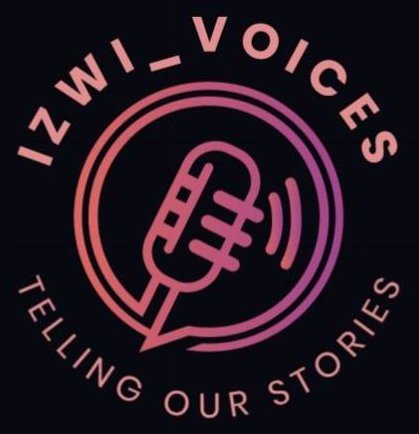Zimbabwe is moving 60 wild animals to Equatorial Guinea in a translocation deal aimed at boosting biodiversity in the Central African country. The initiative, led by the Zimbabwe Parks and Wildlife Management Authority (ZimParks) in partnership with Equatorial Guinea’s Ministry of Environment, will see 10 impalas, 10 sables, 10 waterbucks, and 30 zebras relocated.
Authorities say the animals are not endangered and that the process follows international regulations, including veterinary health checks and climate-controlled transportation. However, the move raises questions about the broader implications of wildlife translocations, particularly their long-term impact on both donor and recipient ecosystems.
According to ZimParks, the transfer is meant to restore ecological balance in Equatorial Guinea’s protected areas, where biodiversity has declined due to habitat loss. Officials also highlight potential economic benefits, including tourism growth and eco-tourism job creation for local communities.
The process began in 2023 when a Zimbabwean team conducted a feasibility study to assess the suitability of the new habitats. While the project is being framed as a conservation effort, some conservationists have raised concerns over whether such translocations genuinely contribute to biodiversity protection or if they risk disrupting ecosystems and wildlife populations.
Zimbabwe has a history of engaging in wildlife exports and translocations, often citing conservation and economic benefits. However, similar projects have drawn scrutiny in the past, with critics questioning transparency, animal welfare considerations, and whether such initiatives are driven more by financial incentives than ecological necessity.
While officials in both countries praise the initiative as a model for regional collaboration, its success will ultimately depend on how well the translocated animals adapt to their new environment and whether the receiving country has the capacity to manage them sustainably.

